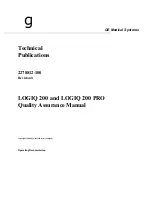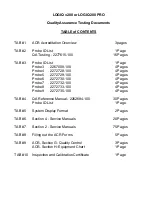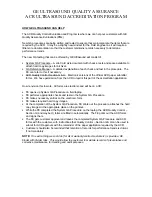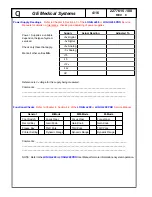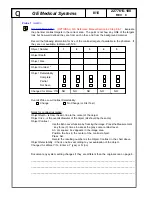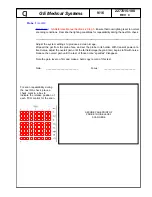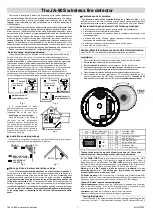
GE ULTRASOUND QUALITY ASSURANCE
ACR ULTRASOUND ACCREDITATION PROGRAM
The ACR Ultrasound Accreditation Program evaluates qualifications of personnel, equipment,
image quality and quality control measures. It is believed that these are the primary factors
impacting the quality of patient ultrasound imaging.
The Ultrasound Accreditation Program is carried out through the mail (paper submission), with
random on site reviews performed as needed for validation or clarification.
PROGRAM GOALS
•
Improvement in the quality of ultrasound performance.
•
Provision of educational information by raising awareness of ultrasound issues.
•
Recognition of ultrasound facilities which meet program objectives.
•
Collection of national data about the practice of ultrasound.
DEFINITION OF AN ULTRASOUND FACILITY
•
Ultrasound section within a hospital
•
Ultrasound service offered in an outpatient setting, e.g., office, multispecialty clinic, or
imaging center
•
Mobile ultrasound service
A separate application is required for each location of ultrasound practice.
ULTRASOUND ACCREDITATION PROCESS
The ultrasound accreditation process consists of three parts which must be completed
successfully in order to receive accreditation.
Application
– requests credentials of physicians and sonographer personnel.
Quality Control Evaluation
– requests information about ultrasound quality control.
Clinical Image Evaluation
– requests specific types of normal ultrasound exams; plus normal and
abnormal exams for vascular accreditation.
QUALITY CONTROL EVALUATION
1. A quality assurance (QA) program should be in place for each scanner in the facility.
The quality assurance program must be directed by a medical physicist or by the supervising
radiologist or physician who may appoint an appropriate designee to oversee the program.
There must be program documentation which describes the goals of the quality assurance
program and the responsibilities involved.
The person responsible for the quality assurance program must work with the preventive
maintenance professional. Routine quality control testing must occur regularly; a minimum
requirement is semiannually. The same tests must be performed during each testing period so
that changes can be monitored over time and effective corrective action can be taken. Testing
results, corrective action, and the effects of corrective action must be documented and
maintained on site.
Содержание LOGIQ 200
Страница 4: ......
Страница 8: ......
Страница 10: ...05 23 00 MAC Page 2 of 2 ...
Страница 28: ...05 23 00 MAC Page 2 of 2 ...
Страница 87: ...LOGIQ α200 ...
Страница 88: ...LOGIQ 200 PRO ...
Страница 144: ......
Страница 168: ...GE MEDICAL SYSTEMS LOGIQ 200 PRO Series PROPRIETARY MANUAL 2242594 DIAGNOSTICS 2 31 B MODE CINE TEST ILLUSTRATION 2 15 ...
Страница 190: ......
Страница 196: ......

